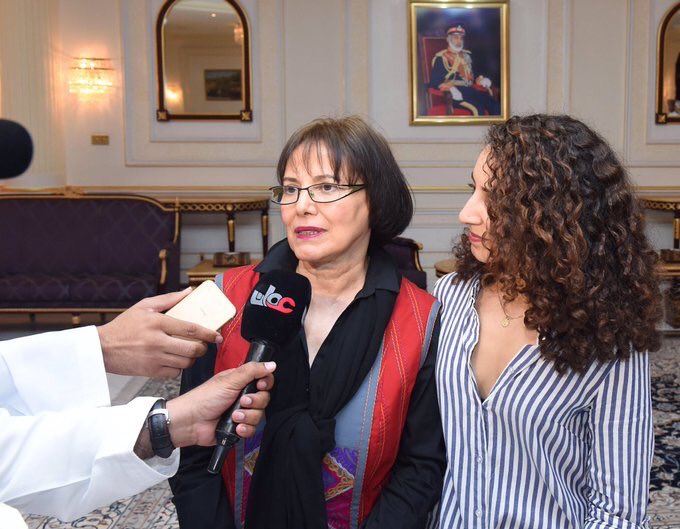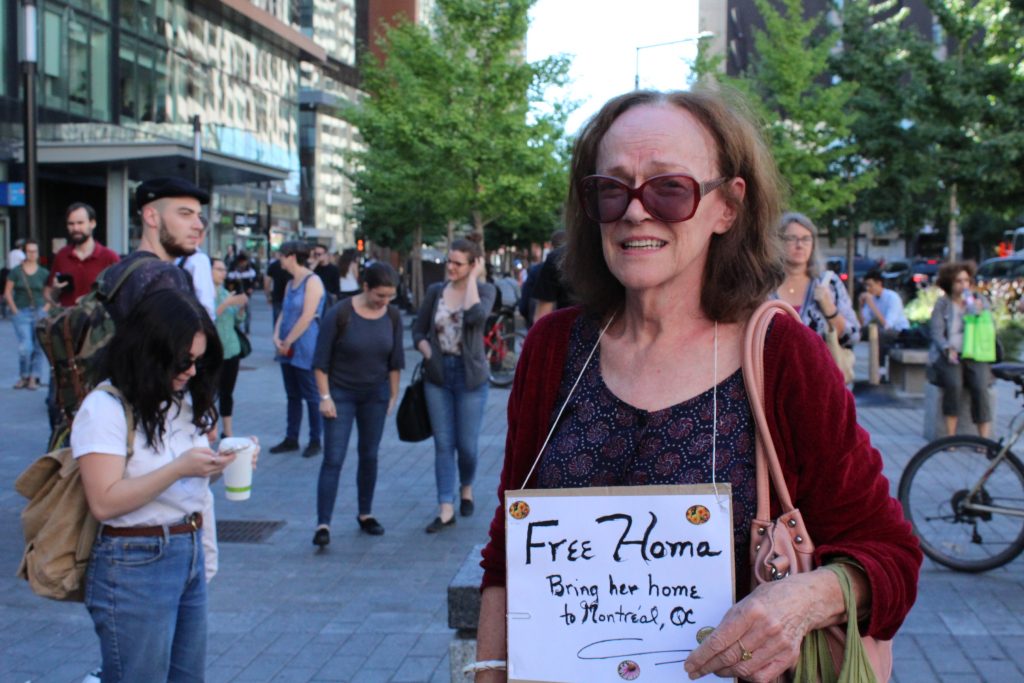Dr. Homa Hoodfar is not the first to be detained by the Revolutionary Guard
This article was originally written as a protest for the immediate release of Dr. Homa Hoodfar—an Iranian-Canadian professor of anthropology at Concordia—from Evin prison in Iran. However, as of Monday, Sept. 26, 2016, I am pleased to say that she has been released. Still, Professor Hoodfar’s ordeal can provide us with an opportunity to discuss Iran’s alarming trend of human rights abuses and socio-political oppression.
While visiting family and conducting research in Tehran, Dr. Hoodfar was detained by the Iranian Revolutionary Guard. Since June 6, 2016, Hoodfar had been held captive in Evin prison, just outside of Tehran. She had been charged with collaborating with a hostile government against national security, and with propaganda against the state.
As CBC News reports, Hoodfar’s family believed these charges to be trumped up. Which certainly was a reasonable assertion to make, given that Iranian state media accused Hoodfar of “dabbling in feminism.”
Alex Neve, the secretary general of Amnesty International Canada, states that these charges are a symptom of a weak and paranoid state. Neve believes Hoodfar was a prisoner of conscience—imprisoned for her beliefs—since Iranian authorities accused Hoodfar’s research of “disrupting public order” and “prompting social-cultural changes that can ultimately pave the ground … for a soft overthrow.”
I am inclined to agree with such claims, as Iran has a significant legacy of incarcerating people for perceived obscenities or political dissidence. Evin prison—which is nicknamed “Evin University,” due to the number of intellectuals held there—has a dark history of brutal treatment of prisoners. Another alumnus of Concordia and dual Canadian-Iranian citizen, Maziar Bahari, is likely one of the more recognizable victims of Iranian legal transgressions.
His 118-day imprisonment is recounted in the 2009 book Then They Came For Me, and in a film produced by Jon Stewart called Rosewater. Bahari was detained for reporting on the 2009 protests surrounding the Iranian presidential election. Like Hoodfar, Bahari too was accused of disrupting public order and working with foreign powers against the state.
Another prisoner of Evin is Soheil Babadi, who was charged with insulting the Prophet Mohammed, the Ayatollah, and subverting the state, and arrested in May 2012. According to iranhumanrights.org, Babadi was detained for posting satirical jokes on a Facebook page. While imprisoned, he was denied medical care for his kidney disease, which some agencies (such as Amnesty International) believe to be a tactic used by the Iranian state to coerce confessions from their detainees.
However, the detention of Zahra Kazemi, another Canadian-Iranian citizen, is a particularly important case in relation to Hoodfar’s imprisonment. Kazemi was photographing the protests of the 2003 election, and was detained after filming the families of arrested protesters outside of the infamous Evin prison. She was charged with espionage and smeared by state media as a spy. During her detention, Kazemi was tortured, raped and beaten, which led to her subsequent death on July 11, 2003.
All these prisoners of conscience point to a legacy of brutality that made Hoodfar’s plight all the more alarming and urgent. Just like Bahari, Hoodfar felt the sting of her intellectual endeavours. Similar to Babadi, Hoodfar has medical concerns — suffering from a neurological condition called myasthenia gravis, which causes severe muscle weakness.

More alarming still, is the risk to women under Iranian custody. As the brutal treatment of Zahra Kazemi proves, the risk to Professor Hoodfar was extremely realistic and present. In a male-dominated prison system, her health was at risk due to the taboo surrounding men examining women. There was also the realistic risk of sexual aggression as a form of coercion and terror. Amnesty International writes that Hoodfar’s arrest coincides with a trend of increased targeting of women associated with feminist movements, or groups advocating increased female representation in the government. This placed Hoodfar’s research directly under the gaze of Iranian intelligence.
More than 100 days had passed before Dr. Hoodfar’s release could be secured. How could this matter have been allowed to escalate for so long? This goes back to Stephen Harper’s government, which, in 2012, placed Iran on the list of state sponsors of terror, which subsequently severed diplomatic ties. I believe this action was a mistake, and needlessly put the lives of Canadian nationals abroad at risk in a misguided attempt to be “tough on terror.”
Former Canadian diplomat to Iran, Ken Taylor, tells CBC news it is important to have a presence on the ground. “If a country’s government won’t interact,” Taylor writes, “there’s still intelligence to gather.” I could not agree more. A diplomatic presence on the ground could allow us to know more about our nationals abroad in general, and Dr. Hoodfar in particular. If the purpose of diplomacy is to ensure the security of interests abroad, how can that be done with no dialogue?

The ordeal of Dr. Hoodfar and her family can serve as a cautionary tale against rash decisions in power politics. In a statement by Prime Minister Justin Trudeau credits Hoodfar’s release was wholly reliant on the Swiss, Italian, and Omani diplomats in Iran. In the face of diplomatic impotence, her release also signals the importance of grassroots activism. Kimberley Manning, principal of Concordia University’s Simone de Beauvoir Institute says that more than 5,000 academics signed a petition calling for Dr. Hoodfar’s release, including notable intellectuals like Noam Chomsky. While on September 14, 2016, Concordia students led a protest at Norman Bethune Square. Moreover, in a statement from Amnesty International Canada, more than 50,000 canadians signed a petition for Dr. Hoodfar’s release.
We must not forget the power we have as a collective. Injustice can be met with solidarity.




